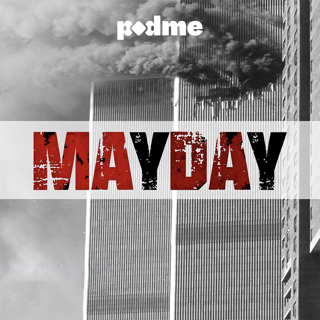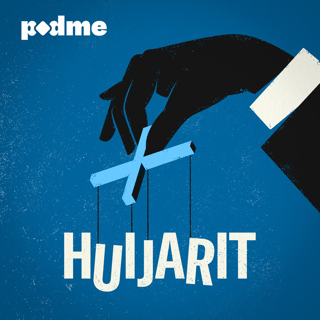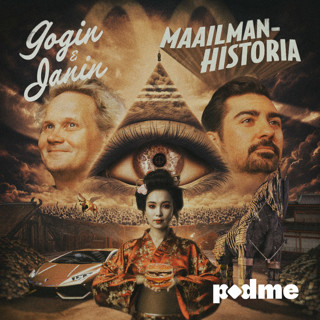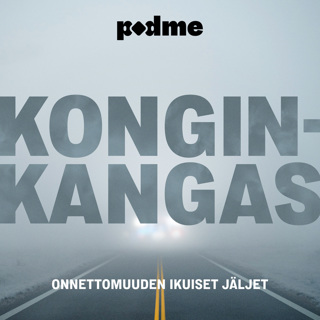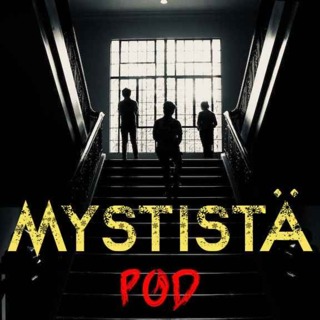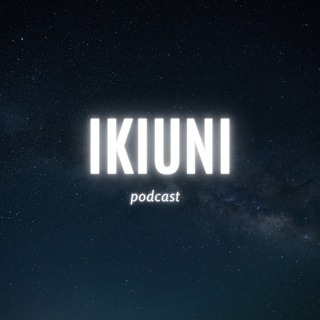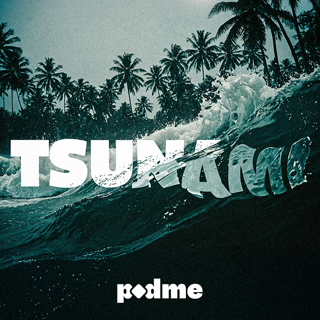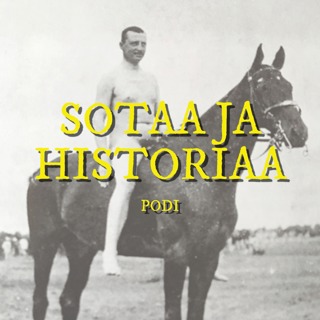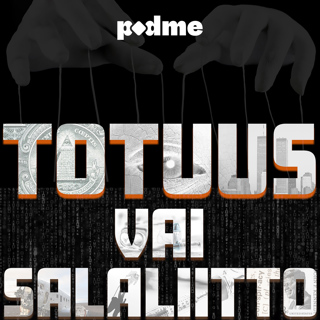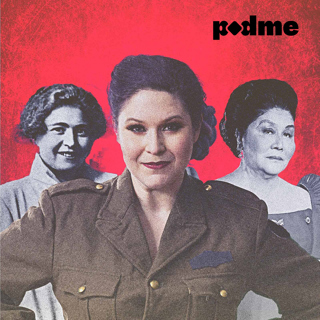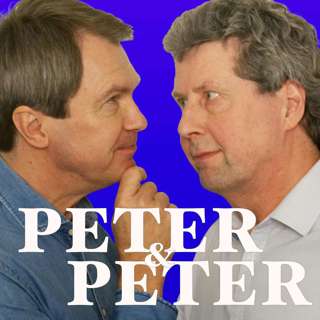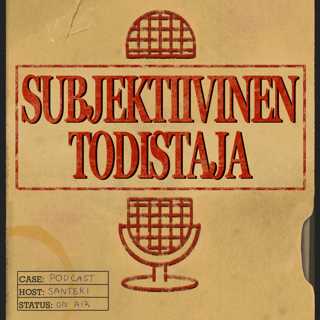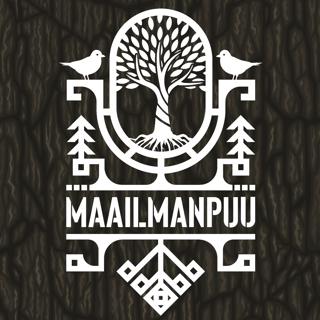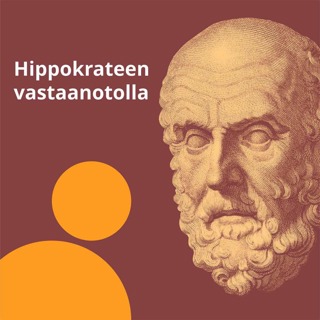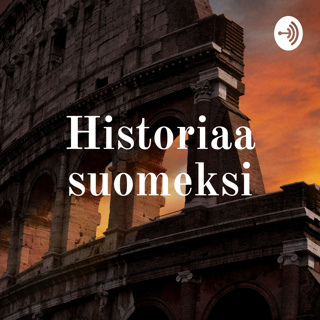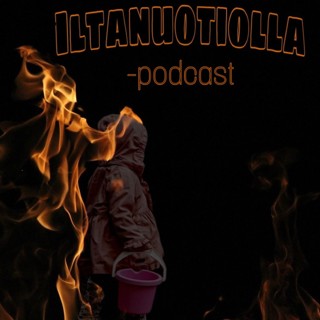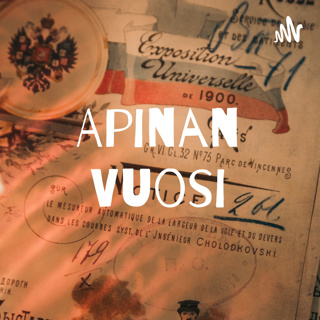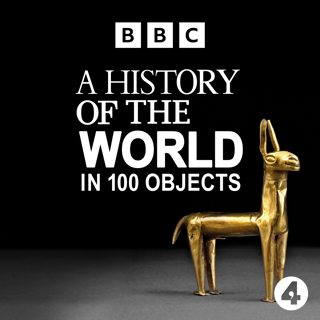
Benin plaque - the Oba with Europeans
This week Neil MacGregor's history of the world is exploring the impact of the great European age of expansion and discovery during the 15th and 16th Centuries. In the last programme he described the technology that allowed Europeans to sail around the world in great galleons, the "space ships of their age". Today he looks at what happens when Europeans started trading in West Africa and first came upon the ancient culture of Benin in present day Nigeria. Neil describes the world of this hugely successful warrior kingdom and the culture that produced such exquisite artwork. He also describes what happened when the British raided Benin at the end of the 19th Century and the effect that these brass portraits first had when they arrived in London. The artist Sokari Douglas Camp reflects on the sculptures as art while the Nigerian poet and playwright Wole Soyinka reacts to the violent history of Benin and the loss of part of their great heritage. Producer: Anthony Denselow
21 Syys 201013min

The mechanical galleon
Neil MacGregor's world history as told through things. This week he is exploring the impact of Western European travel, trade and conquest between 1450 and 1600. He kicks off with an exquisite miniature version of the sort of high tech vessel that was to take Europeans right around the world. Today's object is a small clockwork version of the type of galleon that the Spanish sent against England in the Armada and that they sent across the high seas. This one was made for a grand dinner table - it could move, make music, tell the time and fire tiny cannons. Neil discusses the significance of this new breed of sailing ships and describes the political state that this galleon symbolises - the Holy Roman Empire. The marine archaeologist Christopher Dobbs compares the tiny galleon to the Mary Rose in Portsmouth and the historian Lisa Jardine considers the European fascination with mechanics and technology throughout the 16th Century.Producer: Anthony Denselow Music research specifically for the Akan drum: Michael Doran
20 Syys 201013min

Durer's Rhinoceros
Neil MacGregor's world history as told through things that time has left behind. This week he is exploring vigorous empires that flourished across the world 600 years ago - visiting the Inca in South America, Ming Dynasty China, and the Timurids in their capital at Samarkand and the Ottomans in Constantinople. Today he examines the fledgling empire of Portugal and describes what the European world was looking like at this time. His chosen object is one of the most enduring in art history, and one of the most duplicated - Albrecht Durer's famous print of an Indian rhino, an animal he never had never seen. The rhino was brought to Portugal in 1514 and Neil uses this classic image to examine European ambitions. Mark Pilgrim of Chester Zoo considers what it must have been like to transport such a beast and the historian Felipe Fernandez-Armesto describes the potency of the image for Europeans of the age.Producer: Anthony Denselow
17 Syys 201014min

Jade dragon cup
The history of humanity as told through one hundred objects from the British Museum in London is this week exploring powerful empires around the world in the 14th and 15th centuries. Today he is with a handsome jade cup that once belonged to one of the great leaders of the Timurid Empire - the great power that stretched across Central Asia, from Iran to parts of India. The owner of the cup was Ulugh Beg, the man who built the great observatory in his capital Samakand and who - like Galileo and Copernicus - has a crater on the moon named after him. Neil tells the story of the Timurids and charts the influences that spread along the Silk Road at this time. The Uzbek writer Hamid Ismailov and the historian Beatrice Forbes Manz describe the Timurid world and the extraordinary character of Ulugh Beg.Producer: Anthony Denselow
16 Syys 201014min

Inca gold llama
The history of humanity - as told through one hundred objects from the British Museum in London - is back in South America. This week Neil MacGregor, the museum's director, is with the powerful elites - exploring the great empires across the world 600 years ago. Today he is with a small gold model of a llama, the animal that helped fuel the success of the great Inca Empire that ruled over some 12 million people right down the Pacific West Coast. For a culture living at high altitude in rough terrain and without horses or pack animals, the llama proved all important - for wool, for meat and for sacrifice. Neil tells the story of the Inca, the ways in which they organised themselves and things that they believed in. And he recounts what happened when the Spanish arrived. The scientist and writer Jared Diamond and the archaeologist Gabriel Ramon help tell the story.Producer: Anthony Denselow
15 Syys 201014min

Ming banknote
This week Neil MacGregor's history of the world is exploring the great empires of around 1500 - the threshold of the modern era. Today he is in Ming Dynasty China and with a surviving example of some of the world's first paper bank notes - what the Chinese called "flying cash". Neil explains how paper money comes about and considers the forces that underpinned its successes and failures. While the rest of the world was happily trading in coins that had an actual value in silver or gold, why did the Chinese risk the use of paper? This particular surviving note is made on mulberry bark, is much bigger than the notes of today and is dated 1375. The Governor of the Bank of England, Mervyn King, and the historian Timothy Brook look back over the history of paper money and what it takes to make it work.Producer: Anthony Denselow
14 Syys 201014min

Tughra of Suleiman the Magnificent
Neil MacGregor's world history as told through things. This week he is exploring the great empires of the world around 1500 - from the Inca in South America to the Ming in China and the Timurids in the Middle East. Today he is with the great Islamic Ottoman Empire that, by 1500, had conquered Constantinople as its new capital. The object Neil has chosen to represent this empire is the personal signature of the great Ottoman ruler Suleyman the magnificent, a contemporary of Henry V111 and Charles V. This monogram is the ultimate expression of Suleyman's authority at this time - a stamp of state and delicate artwork rolled into one. The Turkish novelist Elif Shafak and the historian Caroline Finkel help explore the power and meaning of this object.Producer: Anthony Denselow
13 Syys 201013min

Hoa Hakananai'a Easter Island statue
This week Neil MacGregor is exploring the sophisticated ways in which people connected to gods and ancestors in the Middle Ages. He is looking at religious images from India, France, Mexico and Turkey. Today - in the last programme of the second series - he is with one of the most instantly recognisable sculptures in the world: one of the giant stone heads that were made on Easter Island in the South Eastern Pacific Ocean. These deeply mysterious objects lead Neil to consider why they were made and why many were ultimately thrown down. What was the Easter Islanders understanding of their gods and their ancestors? Steve Hooper, an expert on the arts of the Pacific, and the internationally renowned sculptor Sir Anthony Caro both respond to this monumental work of devotion.Producer: Anthony Denselow
9 Heinä 201014min



